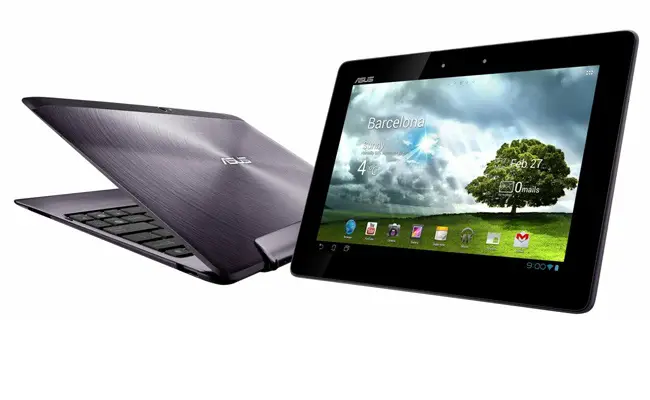Transformer Pad Infinity battery life is proof there’s something wrong with the iPad 3

When the iPad 3 came out, not all of us were as excited about the new screen, because it came at a price: thickness, weight, and charge time all caused by a 42.5Wh battery that is needed to make the thing have close to the battery life of the old 25Wh iPad 2. When the new high resolution Macbook Pro came out, the same “innovative” use of a freakishly huge battery had arrived on the Macbook, with a 95Wh battery needed to make that thing run. While the public response to that has been everything from a uninformed “blame LTE” to “if it fits in there, who cares,” I still can’t do anything but ask what these products would have been like if Apple had managed to keep them powered by normal sized batteries.
The Asus Transformer Pad Infinity (TF700) is now hitting the market as the first proper high resolution Android tablet with its 1920×1200 display in what’s essentially a Transformer Prime body (I don’t count anything Acer makes anymore; the company has screwed up one time too many). As reviews are surfacing, the one thing I’ve been wanting to learn about is battery life. Asus claims about 9 hours of run time on the built in 25Wh battery, the battery that is also responsible for keeping the Infinity at 8.38mm and 594 grams, which compared to the iPad 3’s 9.4mm and 652/662 grams can be easily considered the superior device as far as portability goes – without even taking into account the faster charge times you obvious get with a much smaller battery on the same charger.
As it turns out, battery tests show that the Infinity is doing quite well with a 25Wh battery. Granted, the iPad 3’s 1536 x 2048 pixel screen is higher resolution still than the Infinity’s 1920 x 1200 pixel screen, but how much of a difference is there between 3.1 and 2.3 million pixels in practice? The Infinity is still much higher resolution than existing 10.1-inch Android devices, and perhaps more importantly, it’s capable of fitting the Android tablet status bar on the screen and still have room for the highest resolution commercially available video content, which is 1920 x 1080 pixels. The iPad actually has to upscale video content a bit, and for other content, I very much doubt that anyone is going to look at text on the Infinity’s 1920 x 1200 screen and go “ugh, that’s too pixelated for me.”
If you ask me, the benefits far outweigh the usefulness for those remaining 800,000 pixels. The Infinity is lighter, thinner, and goes up to 600 nits in brightness while the iPad 3 is stuck around 400 somewhere. I think Apple was under a lot of pressure to bring a high resolution display to the iPad 3, and it was practically common knowledge for more than a year prior to its announcement that the resolution in question would be 1536 x 2048. It’s the same 4x increase the iPhone 4 got, it keeps the aspect ratio, makes scaling from older generations a perfect pixel quadrupling type of deal, and it has that “higher than HDTV” claim that no doubt helps sell units. Like I’ve said countless times before though, I think Apple should have been more realistic and given the iPad a resolution boost that better fits both available content and current technology limitations. Instead, it made the iPad 3, and now Android tablets are coming out that makes the iPad 3 look like some sort of failed prototype.
As far as direct Infinity/iPad 3 competition goes, I don’t think the iPad has anything to fear. The decision between Android or iOS is too complex for things like this to be a big deciding point for people who make informed decisions, and for those that don’t make informed decisions, the iPad seems to be doing even better because, well, it’s the iPad. personally I’m just glad that while iPad 3 owners are lugging around devices that are thicker, heavier, and takes longer to charge than what’s frankly necessary, Android users can go buy a tablet that wasn’t designed based on public misconceptions.


